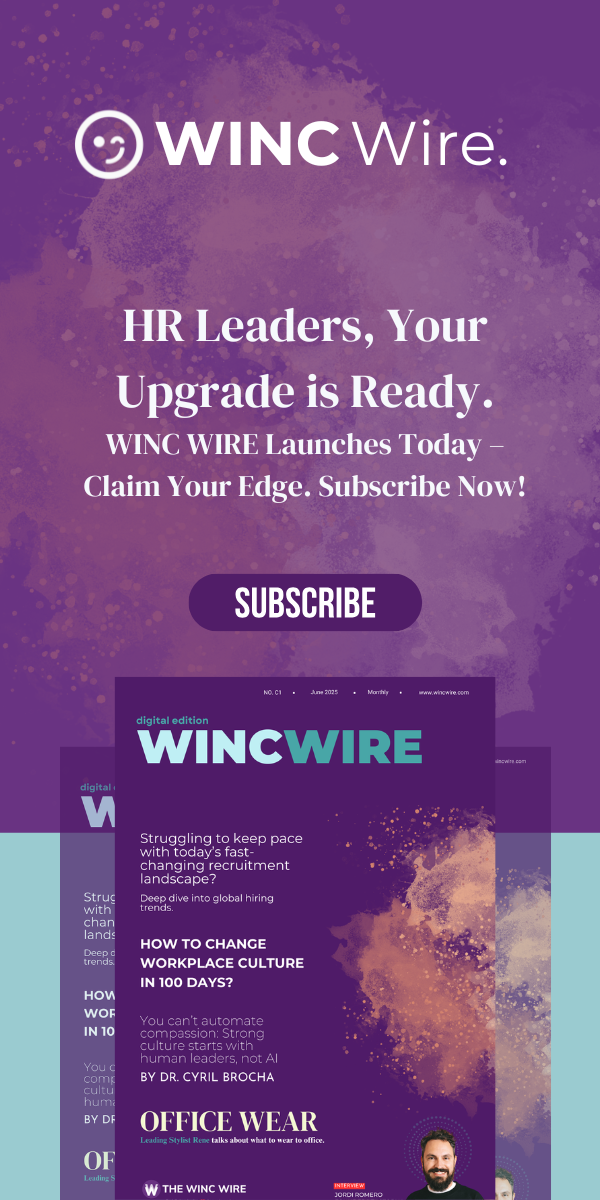In today’s world of relentless disruption and rising workplace stress, empathetic leadership has moved from a soft skill to a strategic imperative. I’ve seen this shift firsthand across industries from the front desk of luxury hotels to boardrooms shaping global workforce strategies. At every level, one truth holds steady: when leaders lead with heart, teams thrive.
The Shifting Landscape of Leadership
Cast your mind back to the seismic changes of the last few years a global pandemic, economic turbulence, social unrest, and political uncertainty. Amid such upheaval, employees have been asked to deliver stability while navigating instability in their personal and professional lives. It’s no wonder workplace stress now tops the list of concerns for many. In the UK alone, one in five employees feels overwhelmed at work a sobering reality we cannot ignore.
A Leader’s Influence on Mental Health
This is where the modern leader’s responsibility becomes both profound and powerful. Research shows nearly 70% of employees say their line manager influences their mental health more than their therapist or GP. That’s not just influence that’s impact.
Empathetic leadership isn’t about hand-holding or endless consensus. It’s about fostering trust through human connection. It’s sitting down with your team, listening with intent, and responding with care. When we do that, we build cultures of excellence environments where people feel safe, heard, and empowered to perform at their best.
Understanding the Empathy Gap
While 78% of senior leaders recognise the importance of empathy, only 47% believe their organisations are demonstrating it effectively. That’s not just a statistic; it’s a disconnect a gap between intent and impact.
The gap often exists because empathy remains a concept rather than a practice. A thank-you note or a well-meaning gesture is not enough. In one real-world example, a stretched IT team was rewarded for their overtime with a book on time management. What they really needed was extra capacity, support, or even just time to breathe. Good intentions fell flat without meaningful action.
From Empathy to Compassionate Leadership
As Arthur C. Brooks wrote, empathy alone doesn’t suffice. To become a leadership virtue, empathy must evolve into compassion recognising distress and taking deliberate steps to relieve it. Compassion requires that we act.
That might mean rebalancing workloads, making wellbeing part of the strategy, or providing training in stress management. Often, it simply begins by asking: What do you need right now, and how can I help?
Practical Ways to Lead with Empathy
- Listen, fully and without interruption. Don’t fill silences with assumptions — let the other person speak.
- Mind your language. Avoid phrases like “I know how you feel”; instead, reflect their emotions back with sincerity.
- Respond with intent. Provide practical support, however small — whether it’s a check-in, time off, or a workload adjustment.
The Role of Organisational Culture
Empathy isn’t a one-person act; it’s a shared ethos. Companies that consistently role model and train empathetic behaviours see stronger retention, deeper engagement, and more resilient teams. Leaders especially those new to the role must be shown how to lead with humanity.
This includes mentorship, role modelling, and embedding empathy in performance frameworks. It’s how we future-proof our workplaces — not just with digital tools, but with human connection.
Final Thought: Building Cultures of Care
Empathy must be more than rhetoric. It should pulse through your culture like a current invisible but vital. When leaders act with compassion, they don’t just solve problems; they create environments where problems are less likely to arise in the first place.
Let’s lead with heart, and let’s mean it. Because the smartest investment any organisation can make right now isn’t just in strategy, systems, or software it’s in the emotional intelligence of its leaders.
Adapted in the voice of Karl Wood, bridging cross-industry insight with people-first leadership.





